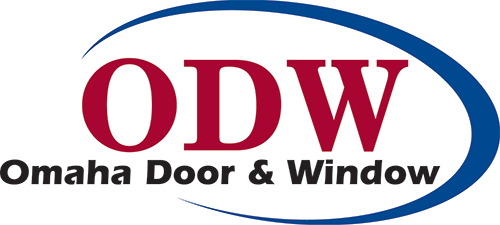People hear about energy-efficient glass all the time, but what actually makes glass highly efficient? To understand the topic, you must first look at standard clear glass and the efficiency it allows for windows.
Standard clear glass is the most popular type of glass used in residential windows. If your home was built before 1990, it probably has clear glass in the windows. This glass is completely transparent with no color, tints, or additives. The only variable that affects how effective clear glass is in reflecting heat is how many panes of clear glass are in the window.
How much heat is lost through your windows?
On average, 84% of heat which encounters a glass surface will transfer through it. That includes heat escaping in the winter months and heat entering in the summer months. It is estimated that 30% of your utility bill is attributed to heat loss through windows. Over the years, the window industry has made great strides in engineering high-performance glass to greatly reduce the transmission of heat.
Low-E Glass
Low Emissivity, or Low-E, glass was invented in the late 70s but did not enter the market until the early 90s. Low-E is a thin layer of silver oxide that is coated over the glass surface to help reflect heat. For both residential homes or commercial offices, Low-E coated windows help maintain a comfortable indoor environment without overworking the heating and cooling system.
Types of Energy-Efficient Windows
Now that you understand the role of Low-E coatings in making glass energy-efficient, let’s look at how Low-E glass can be combined with various other window options to increase the overall energy efficiency of your home.
1. Double Pane Windows
Double pane windows feature two panes of glass. A Low-E coating can be applied on the inside glass surface to reflect heat back to its source. In fact, up to 70% of heat is reflected thanks to double pane windows with a Low-E coating on the glass.
2. Argon or Krypton Gas-Filled Windows
Filling the empty space between the panes of glass with Argon or Krypton gas was a technology introduced in the early 90s to improve the energy efficiency of windows even more. Argon and Krypton gas have a higher density than air, meaning heat has a harder time transferring through these gases. Windows with Krypton gas between the panes of glass are more effective at reflecting heat than those with Argon gas filling. However, Krypton gas is currently difficult to obtain and more expensive than Argon gas.
Translating this to real-world application; double pane glass coated with Low-E will bounce heat back into your home during the winter months and reflect heat away from your home during the summer months, resulting in a direct impact on your utility costs.
3. Triple Pane Windows
As the name suggests, triple pane windows have three panes of glass. Typically, triple pane windows have two surfaces with Low-E coating located on the inside of each of the outside panes. The center pane has clear glass. There are two spaces between the glass panes to fill with Argon or Krypton gas. Triple pane windows are 20% more energy-efficient than double pane windows because two surfaces of glass are now reflecting heat and two spaces are gas-filled to make it even more difficult for heat to pass through.
If you’re like most people, you want your home to be draft-free and comfortable year-round, but you also want to save money on your heating and cooling bills. Come visit our showroom so we can demonstrate with a heat lamp the amazing abilities of high-performance double pane and triple pane windows.
